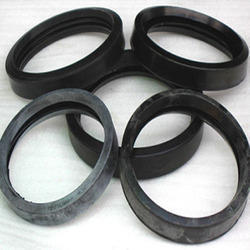Exploring the Integral Role of Vibration Mounts and Silicone Heater Hoses in Modern Machinery
In the vast expanse of industrial machinery and equipment, the significance of specific components often goes unnoticed. Particularly, elements such as Silicone Heater Hoses and Vibration Mounts play a critical role. They are fundamental in maintaining the overall functionality and longevity of the equipment.
Silicone Heater Hoses are an essential part of many machines, providing a robust and flexible solution for fluid transportation under diverse temperature conditions. Their resistance to temperature variations makes them an ideal choice for applications that require stability and reliability. Incorporated into various industrial and automotive applications, these hoses ensure seamless operations.
Similarly, Vibration Mounts contribute significantly to the durability and performance of machinery. These components are designed to absorb and dampen vibrations, thereby reducing wear and tear on equipment. By mitigating the potentially damaging impacts of continuous operation, Vibration Mounts enhance the service life of machines and provide a smoother operational experience.
Moreover, the process of Rubber to Metal Bonding is a key manufacturing method that combines the elasticity of rubber with the durability of metal. This bonding technique is essential in creating parts that require both flexibility and strength, such as Vibration Mounts.
Industrial components like Silicone Heater Hoses and Vibration Mounts are crucial for machine durability and performance, with Rubber to Metal Bonding playing a significant role in their manufacture.


